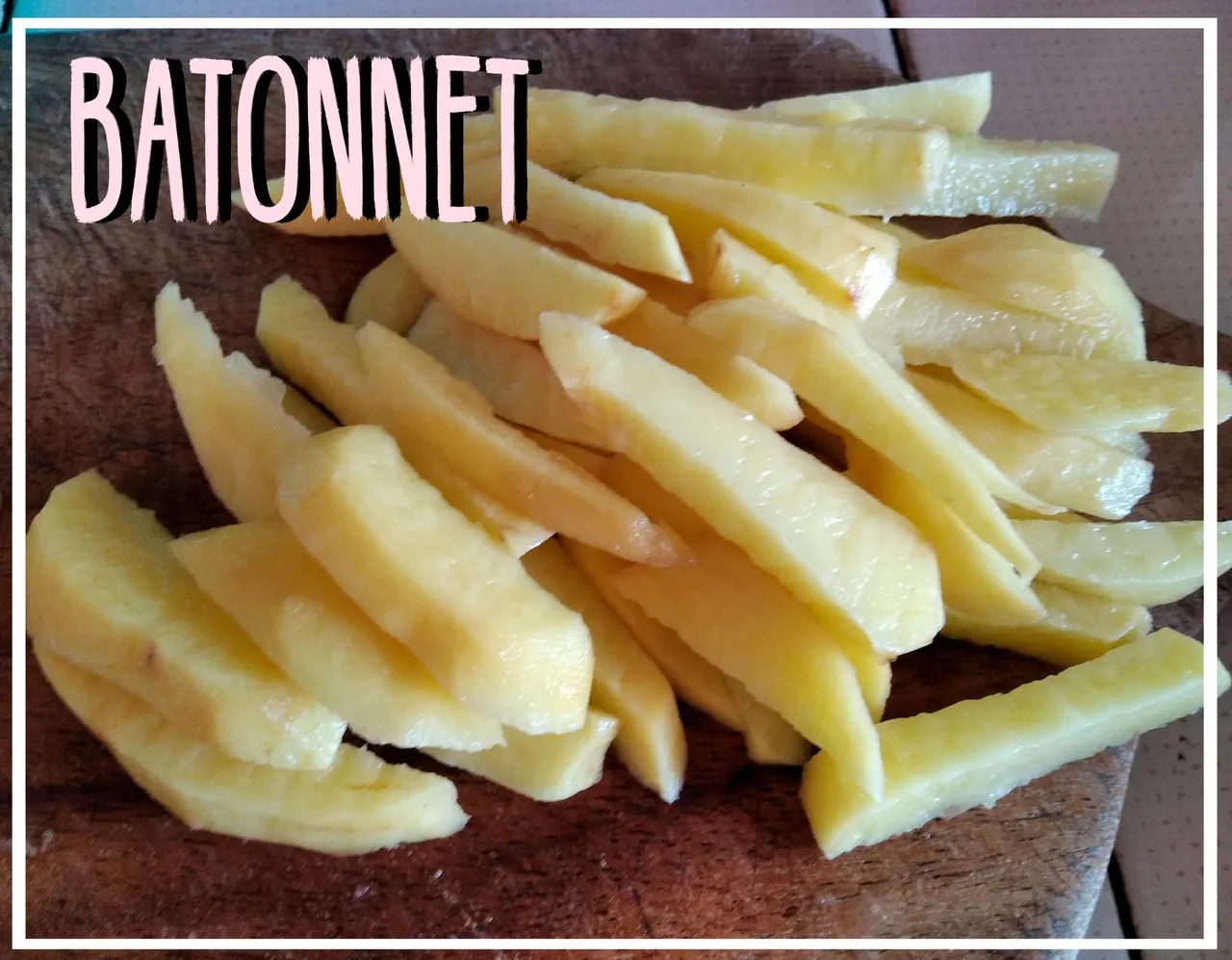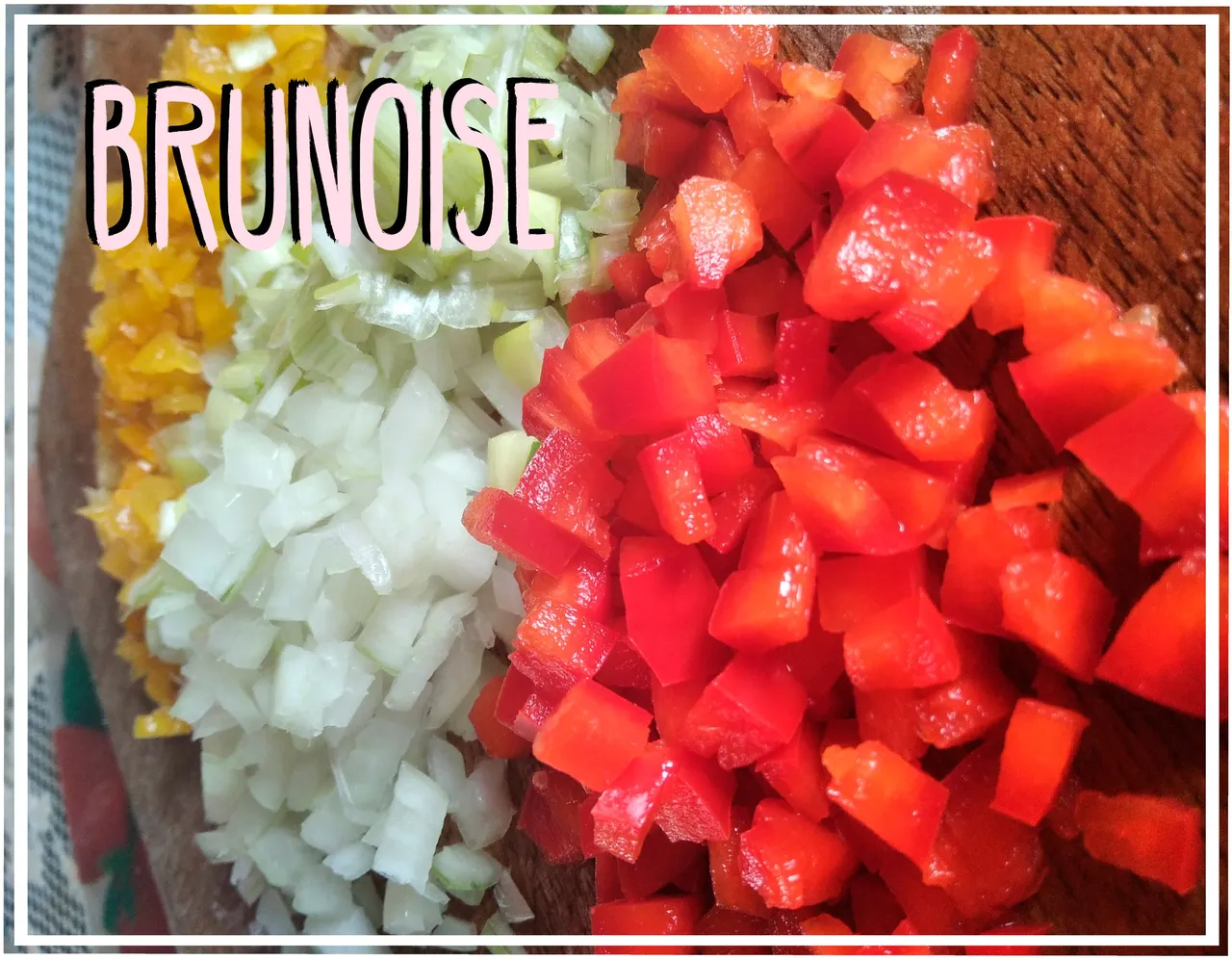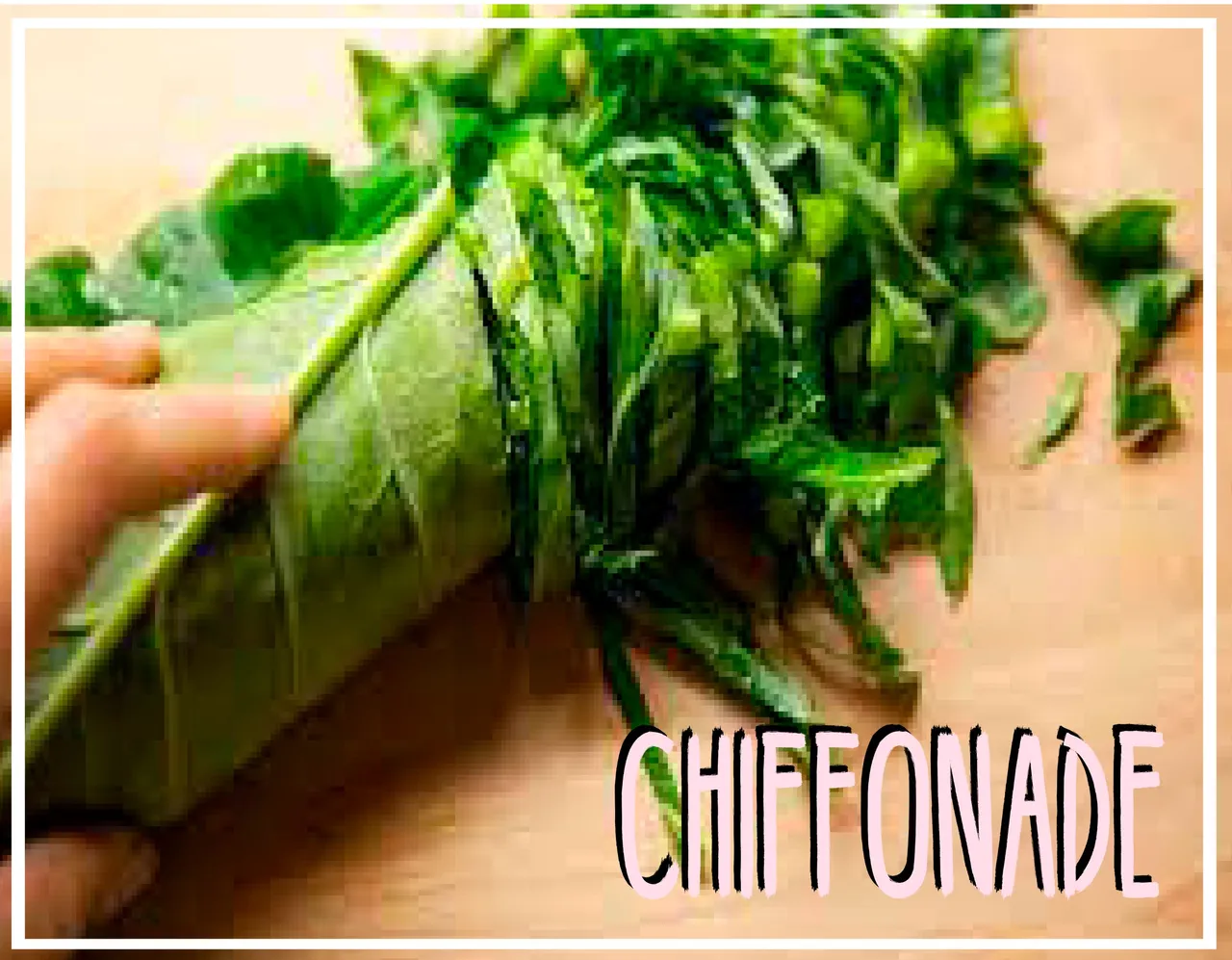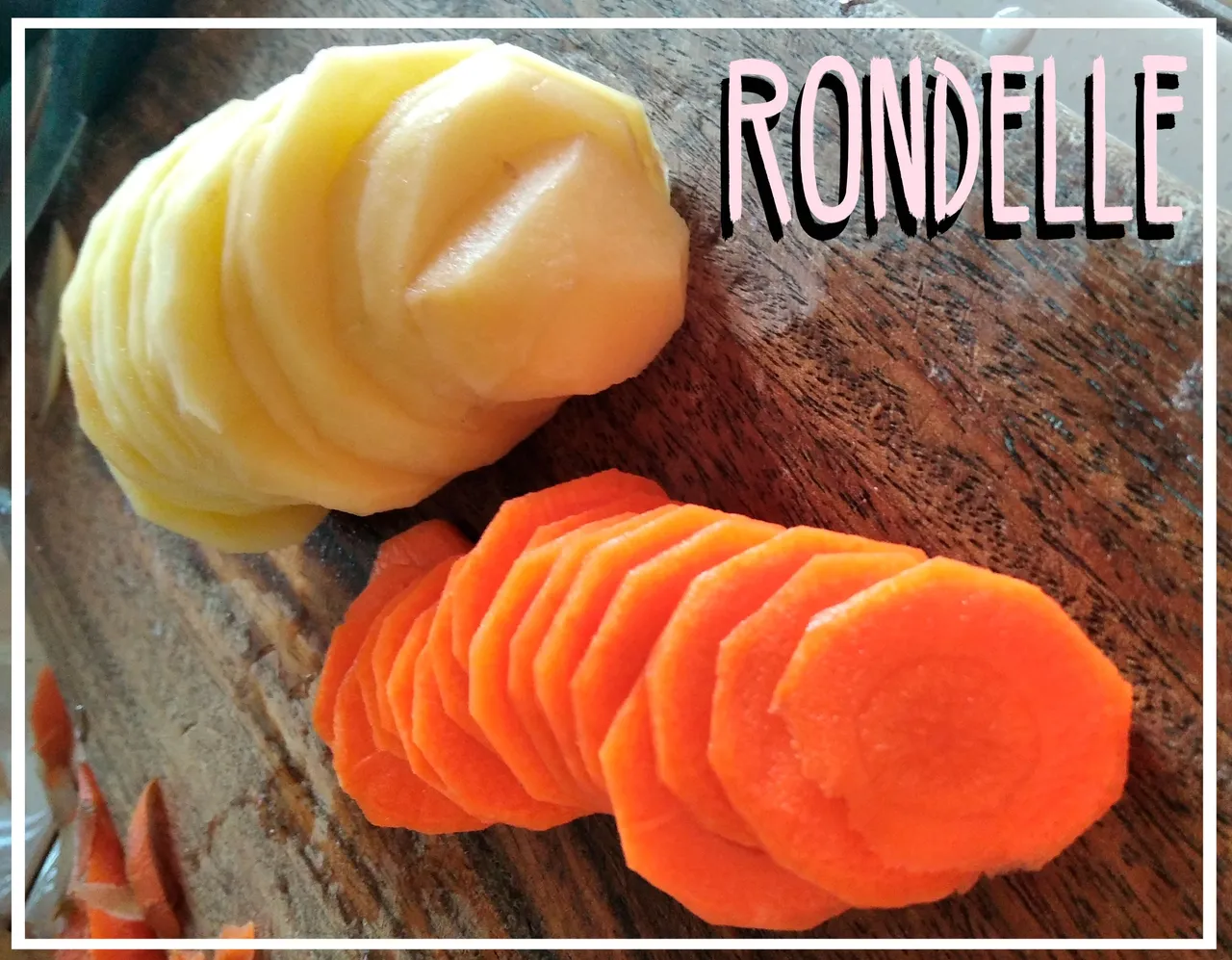Bienvenidos a mi blog ❤️
Welcome to my blog ❤️
Hola hermosa comunidad ❤️ si eres como yo, amante de la gastronomía y de cocinar, este post te va a gustar. Hoy vamos a estar aprendiendo juntos un poco sobre los tipo de cortes que existen en la cocina y sus nombre correctos.
Hello beautiful community ❤️ if you are like me, a lover of gastronomy and cooking, you will like this post. Today we are going to be learning together a little about the types of cuts that exist in the kitchen and their correct names.
Solemos cortar o picar verduras, frutas y hortalizas y no nos sabemos los nombres correctos y la utilidad de cada uno de estos. Yo desde un tiempo me propuse estudiar y leer un poco más sobre estos temas y por eso quiero compartirlo hoy con ustedes.
We usually cut or chop vegetables, fruits and vegetables and we do not know the correct names and the usefulness of each of these. For some time I have decided to study and read a little more about these topics and that is why I want to share it with you today.

1-. Juliana.
Este es el más conocido de todos, creo yo. Es muy útil ya que se trata de un corte fino y alargado. Se emplea generalmente en alimentos como la cebolla, el pimiento, la papa, la zanahoria, entre mucho otros.
1-. Juliana.
This is the best known of all, I think. It is very useful since it is a thin and elongated cut. It is generally used in foods such as onion, potato, pepper, carrot, among many others.

2-. Batonnet
O bastones, como mejor lo conocemos. Este corte se trata de unos bastones de aproximadamente 6cm de largo y 1 cm de grosor. El uso más común de este corte es para cortas las papas fritas que tanto nos gustan a todos.
2-. Batonnet
Or walking sticks, as we know it best. This cut consists of canes approximately 6cm long and 1cm thick. The most common use of this cut is to cut the French fries that we all love so much.

3-. Brunoise
Este corte es el que más hacemos diariamente, pero creo que la mayoría de nosotros no sabemos que se llama así: Bruniose que es una palabra en francés y cuya pronunciación es Brunuá. Este es el corte en cuadritos muy pequeños.
En Venezuela solemos sofreír aliños para casi todo tipo de preparación y este corte lo hacemos muchas veces al día, sólo que el nombre no lo conocemos.
3-. Brunoise
This cut is the one we do the most on a daily basis, but I think most of us don't know what it's called like: Bruniose, which is a French word and whose pronunciation is Brunuá. This is the very small dicing.
In Venezuela we usually fry dressings for almost all kinds of preparation and we make this cut many times a day, we just don't know the name.

4-. Chiffonade
Otro corte que hacemos mucho en Venezuela para los aliños, pero que no conocemos su nombre. Chiffonade es el nombre que se le da a ese corte que hacemos a hortalizas de hoja, como el perejil por ejemplo, que lo doblamos bien y luego hacemos corte finos como tiras.
4-. Chiffonade
Another cut that we make a lot in Venezuela for dressings, but we don't know its name. Chiffonade is the name given to that cut we make of leafy vegetables, such as parsley for example, which we fold well and then cut into thin strips.

5-. Rondelle
Este es el corte al que conocemos como: rodajas. Lo usamos mucho para las papas, zanahorias. Eso sí, es importante recalcar que en este corte se obtienen rodajas muy delgadas, de aproximadamente 2-3 mm de grosor. No debe confundirse con otro corte llamado Vichy en el que también se obtienen rodajas pero de 2cm de grosor.
5-. Rondelle
This is the cut we know as: slices. We use it a lot for potatoes, carrots. Of course, it is important to emphasize that in this cut very thin slices are obtained, approximately 2-3 mm thick. It should not be confused with another cut called Vichy in which slices are also obtained but 2cm thick.

Estos son sólo algunos de los cortes que existen. Hay muchísimos más. ¿Conocían estos cortes y sus nombres? Si les interesa este tipo de contenido, estaré publicando más temas relacionados a estos, sobre la cocina y todas las técnicas de cocina que existen.
These are just some of the cuts that exist. There are so many more. Did you know these cuts and their names? If you are interested in this type of content, I will be publishing more topics related to these, about cooking and all the cooking techniques that exist.
